Malta contains historical sites and natural landscapes beyond tourist areas. The islands feature geological structures, coastal forts, prehistoric caves and village churches. The locations include Roman remains, gardens, defense structures and natural caves in Malta and Gozo.

Qrendi, Malta
The crater has a depth of 30 meters and formed from a ground collapse. Local records indicate a settlement existed at this location until 1343.
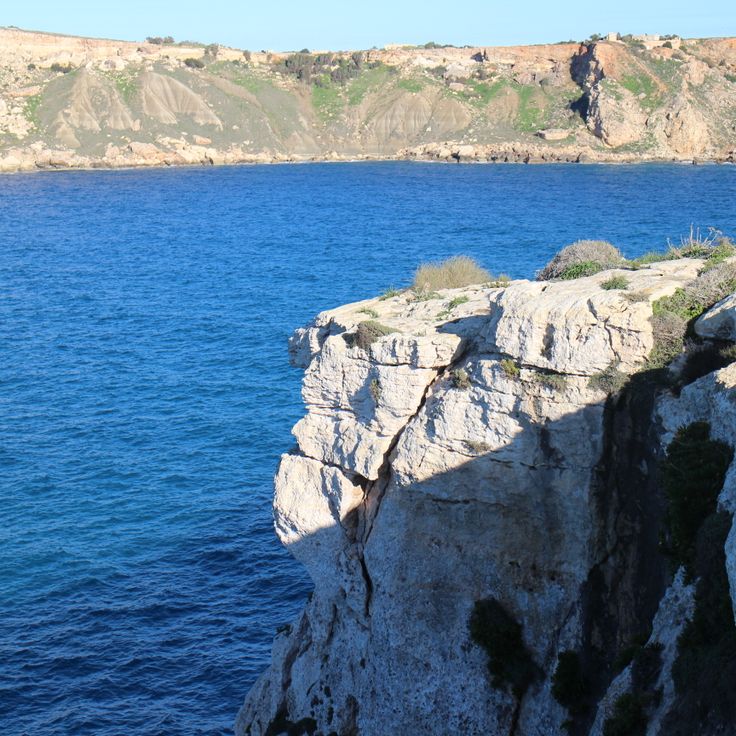
Mġarr, Malta
The limestone cliffs rise 200 meters above the Mediterranean Sea. The pebble beach is accessible only through a steep path.
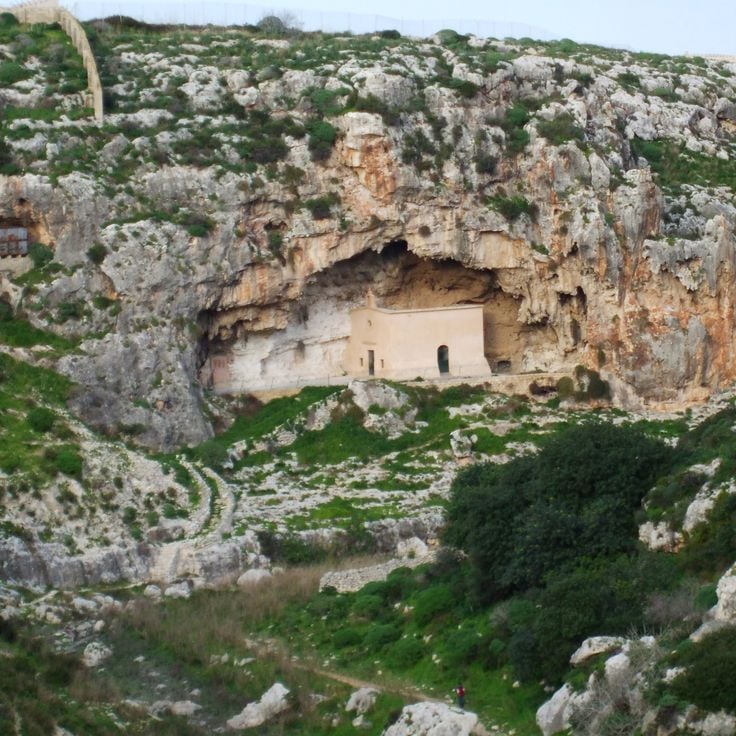
Mosta, Malta
The valley displays remains of Roman beekeeping with rock-carved hives. The honey production structures are preserved in the rock walls.
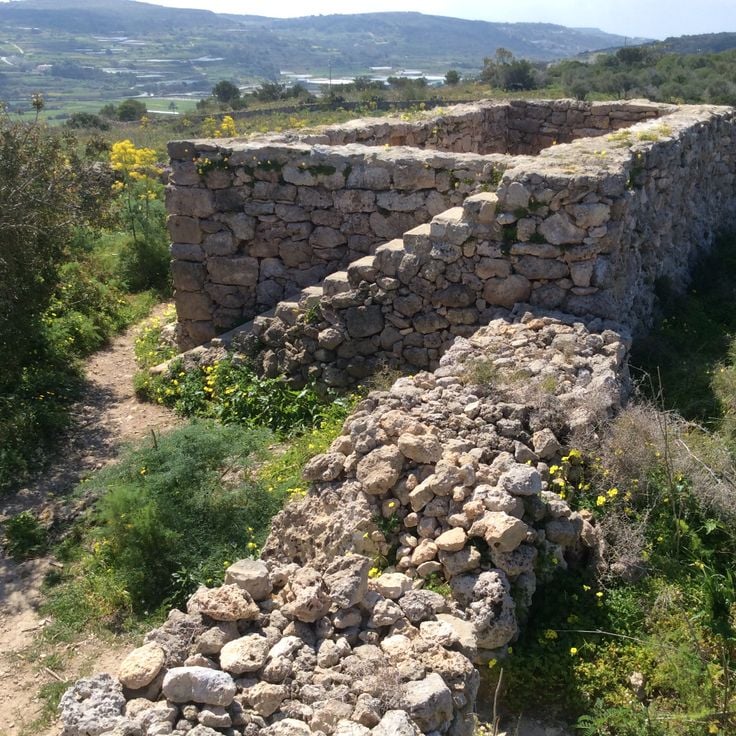
San Pawl il-Baħar, Malta
The 2 kilometer path leads to Roman apiaries, Punic tombs and ancient granaries. Information panels explain the archaeological sites.
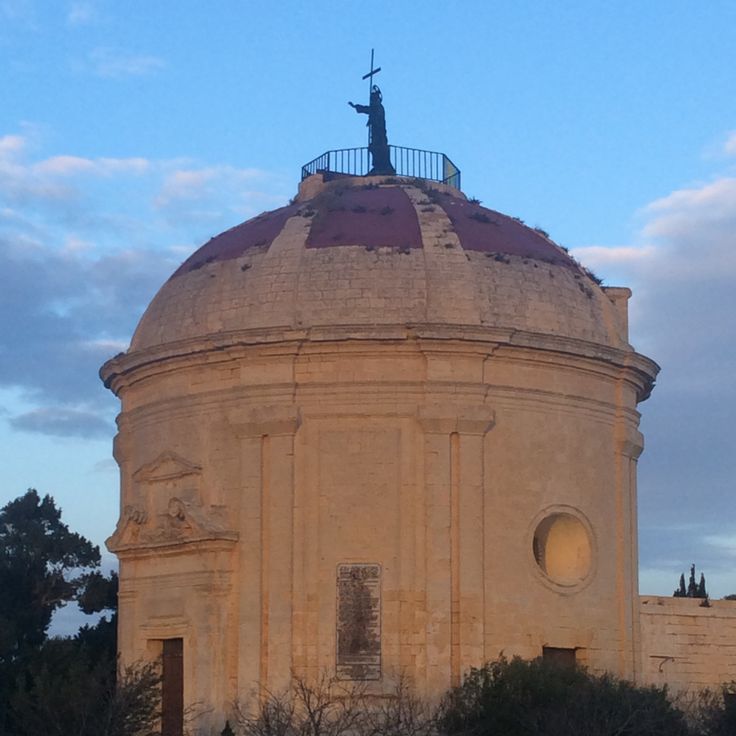
Rabat, Malta
A religious building from the 17th century located on a hill offering views of northern Malta and the Mediterranean Sea.
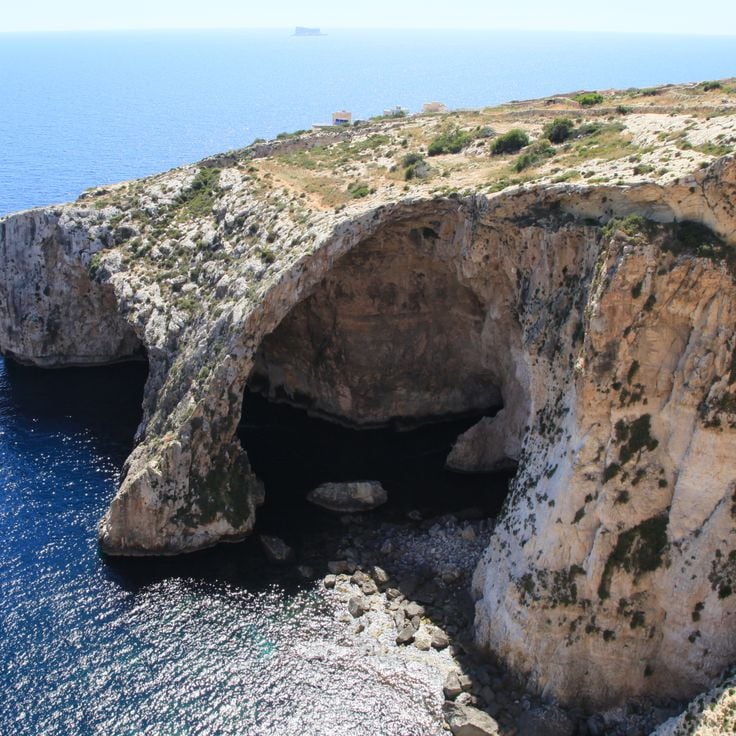
Żurrieq, Malta
A valley with limestone rocks and Mediterranean flora. A location for climbers and hikers.

Siġġiewi, Malta
A woodland with native trees and fruit orchards. The site provides habitat for birds and wildflowers.
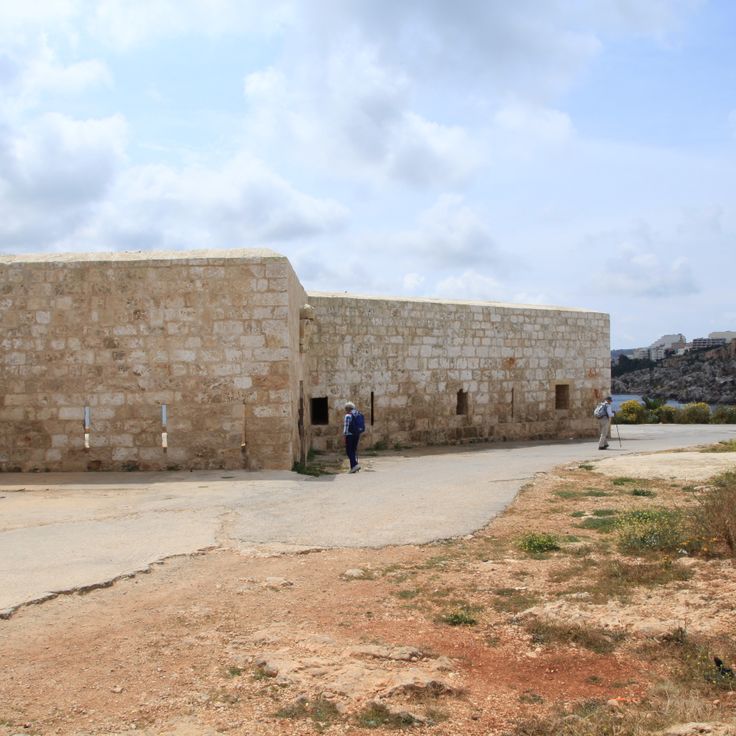
San Pawl il-Baħar, Malta
A defense structure from 1761 on Malta's northern coast. The stone walls stand above Mistra Bay.

Mġarr, Malta
The excavated foundations reveal marble floors, water channels and heating ducts from a Roman thermal complex dating to the second century CE by the Mediterranean coast.
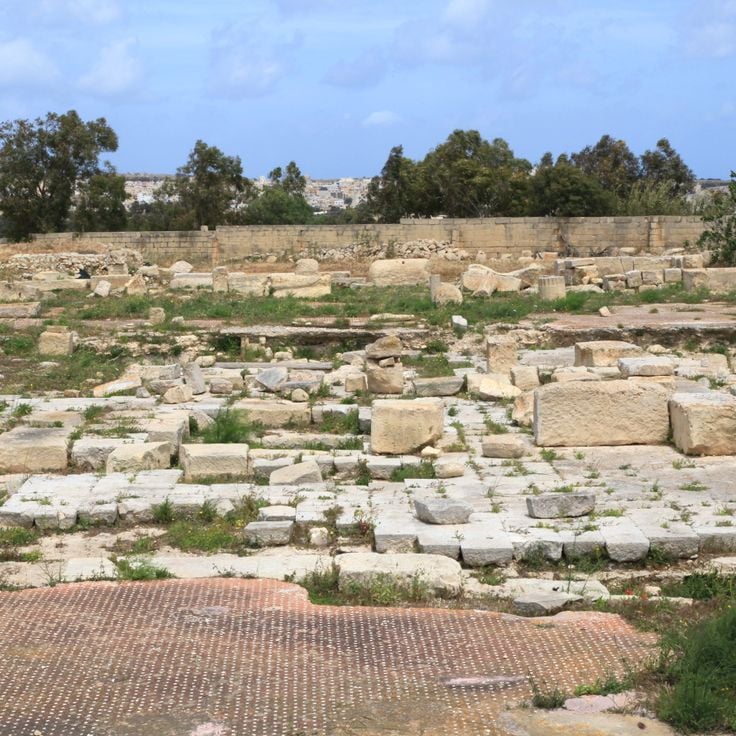
Marsaxlokk, Malta
The excavations uncovered building foundations from four distinct periods: Neolithic, Bronze Age, Phoenician, and Roman, showing continuous religious use for 4000 years.
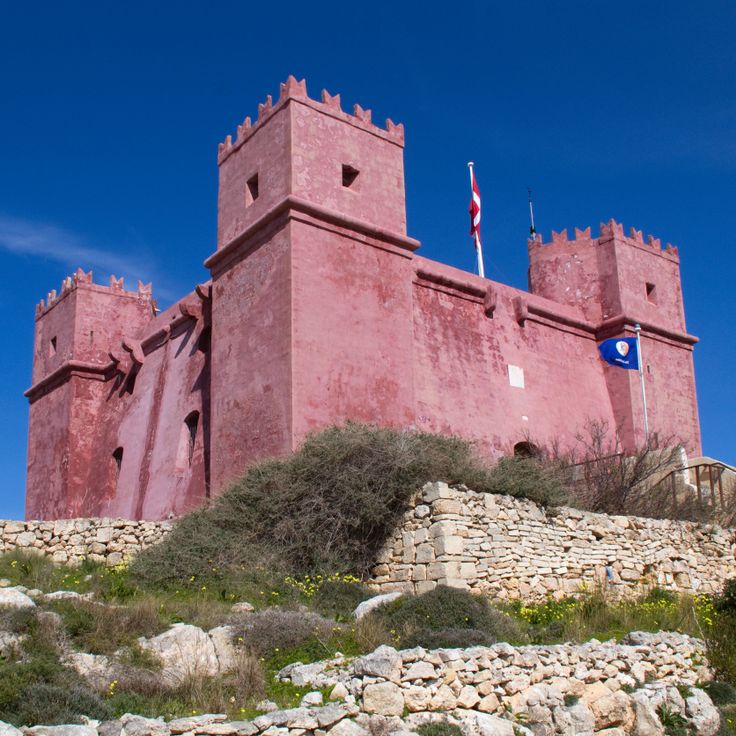
Mellieħa, Malta
The 17th century coastal fortification on Marfa Ridge features thick stone walls colored with red ochre paint and four corner towers for maritime defense.
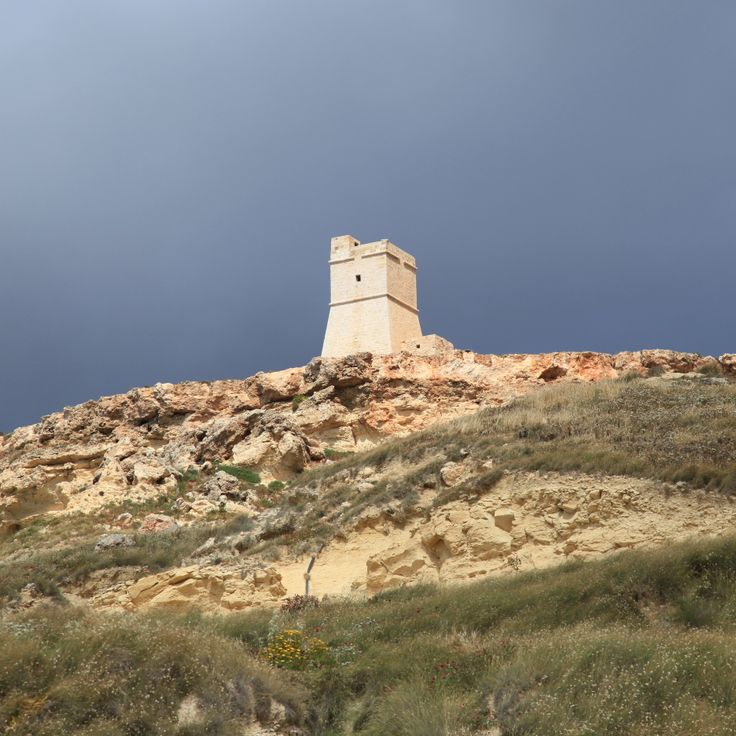
Mġarr, Malta
The stone tower built in 1637 stands on coastal cliffs as part of Malta's defense network, offering direct views of ships approaching from Gozo island.
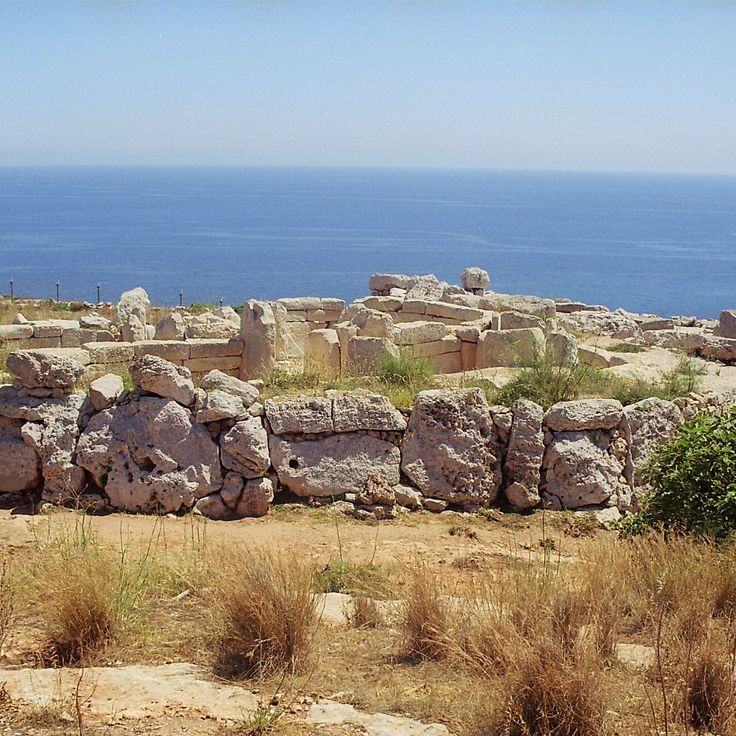
Qrendi, Malta
Stone structures built between 3600 and 2500 BCE with astronomical function for observing the sun and stars.

Attard, Malta
Gardens from the 16th century with water basins, statues and a collection of Mediterranean and tropical plants.
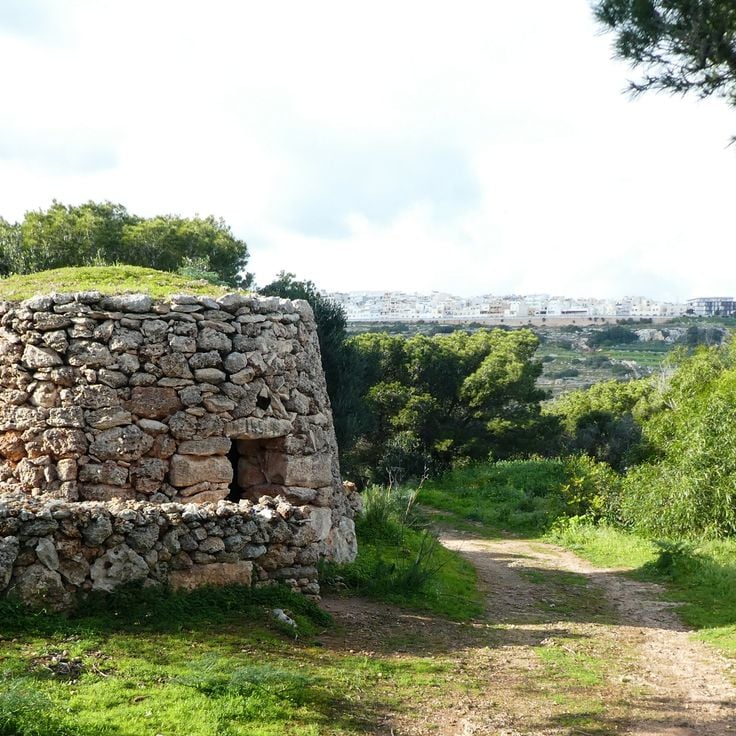
San Pawl il-Baħar, Malta
Limestone elevation of 132 meters offering views across neighboring islands.
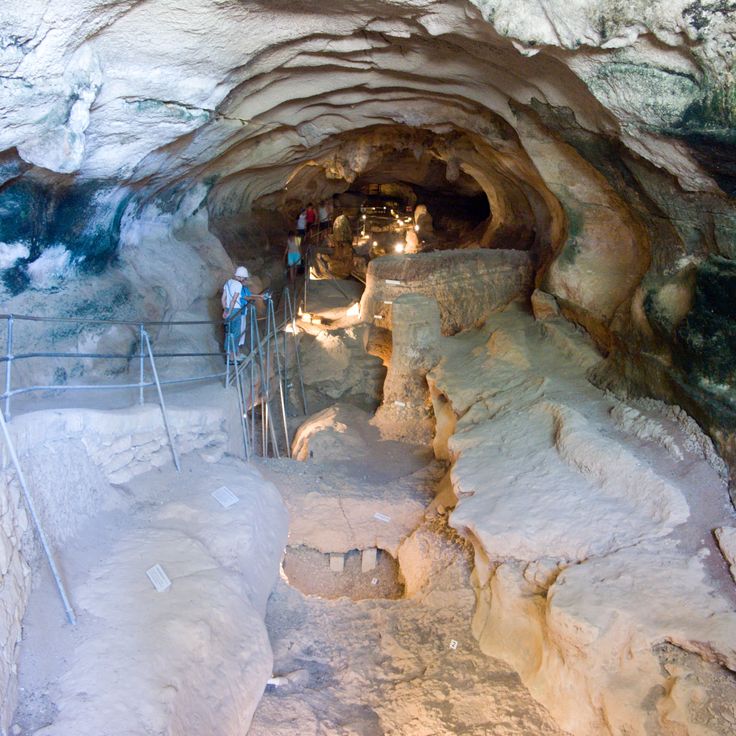
Birżebbuġa, Malta
Cave measuring 144 meters in length where ice age fossils were discovered.
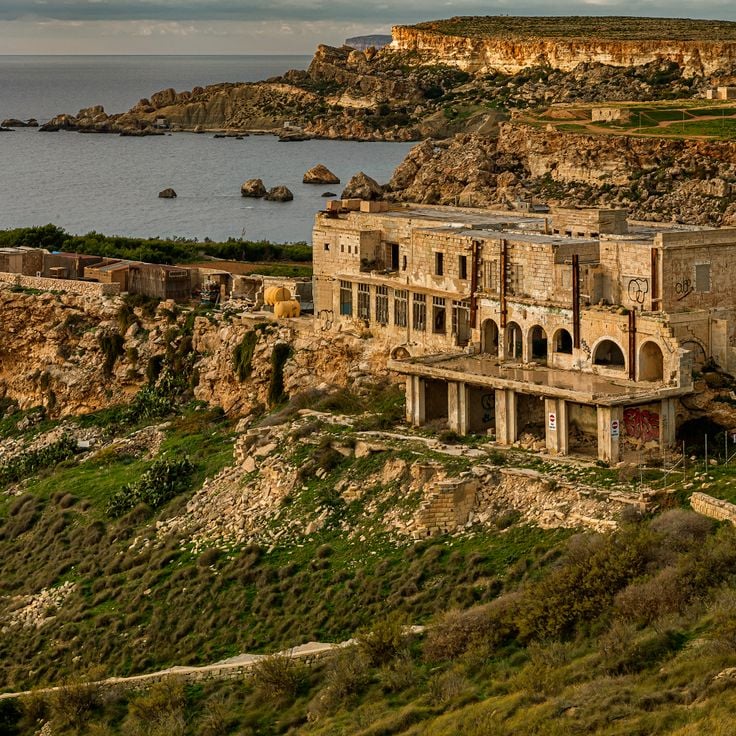
Mellieħa, Malta
This protected coastal area spans 6 kilometers of Mediterranean shore with limestone cliffs, World War II defense posts and traditional farming sites.

Żurrieq, Malta
This natural cave system extends 30 meters high with clear waters that reflect sunlight creating blue and green color effects on walls.
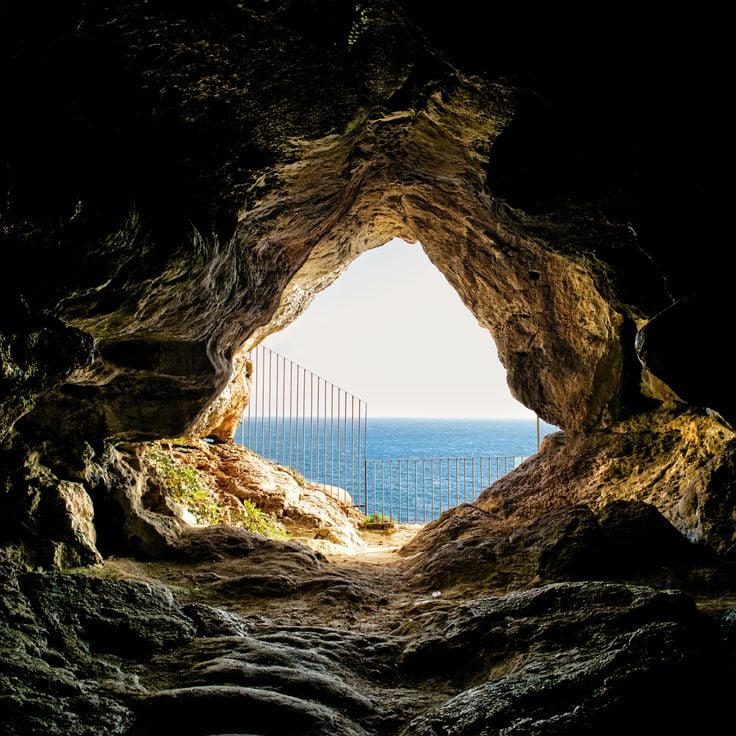
Birżebbuġa, Malta
This natural cavity in the cliff face contains multiple chambers and corridors, located 70 meters above sea level with Mediterranean views.
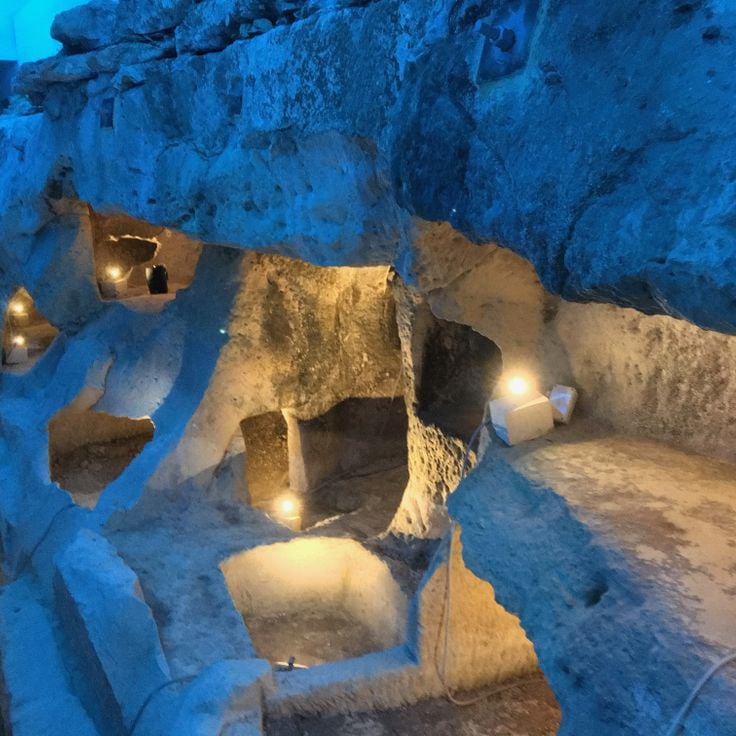
Mosta, Malta
This underground cemetery complex contains 57 tombs dating from the 4th to the 9th century, carved into limestone rock formations.
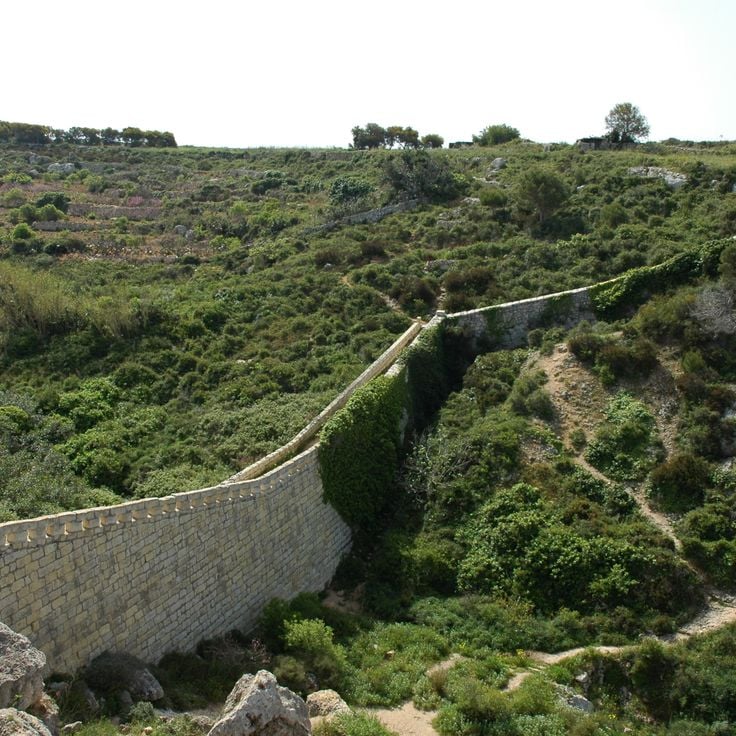
Rabat, Malta
A defense system spanning 12 kilometers across Malta, constructed between 1870 and 1899 by British forces with fortification walls and control towers.

Naxxar, Malta
A 19th-century building with marble halls, mirror walls and gardens containing statues and water fountains.
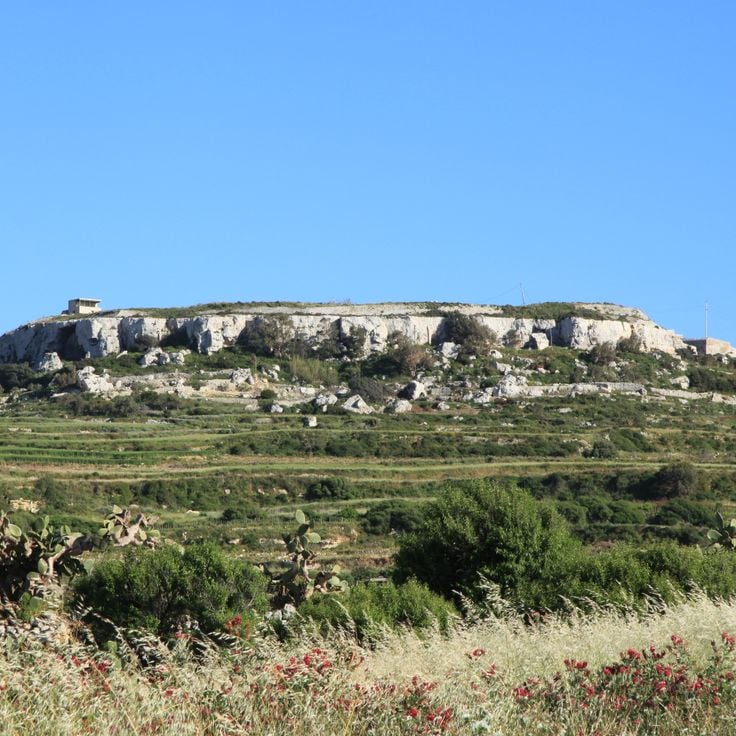
Mġarr, Malta
A military installation from 1878 with underground chambers and gun emplacements. The walls provide views over the north of the island.
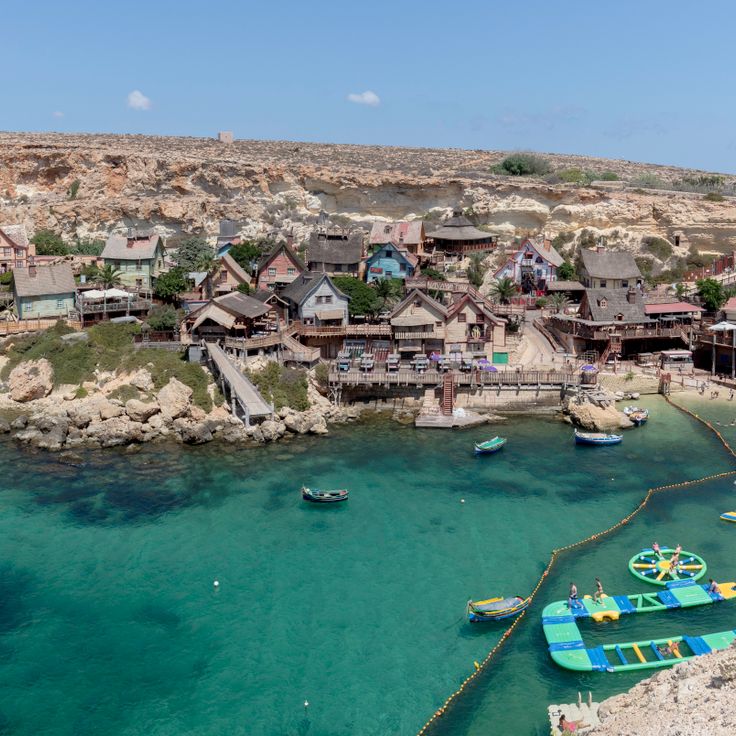
Mellieħa, Malta
A wooden film set from 1979 near Anchor Bay with buildings, water rides and performances for visitors.
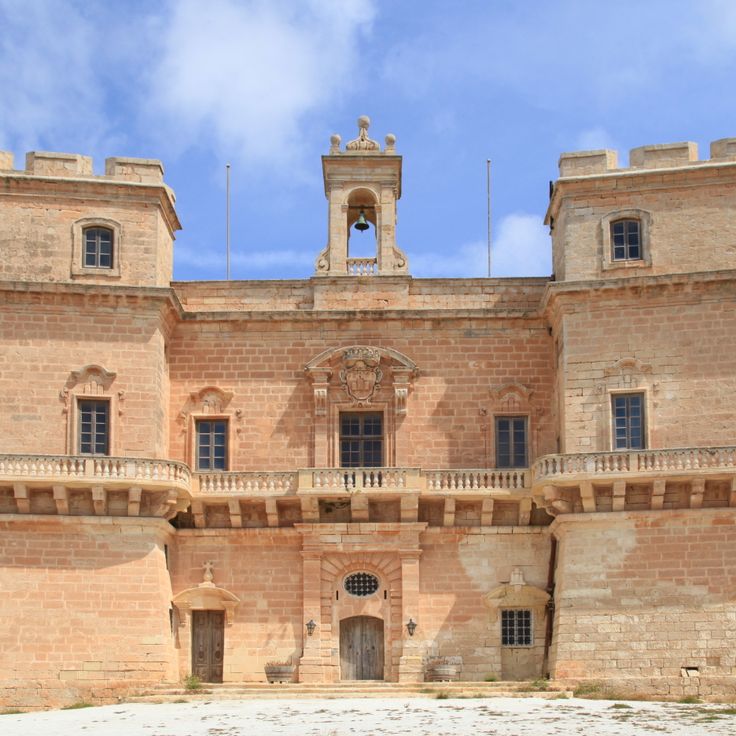
Mellieħa, Malta
A hilltop fortress with four towers built in 1783. The location offers views of the Mediterranean Sea and Saint Paul's Islands.
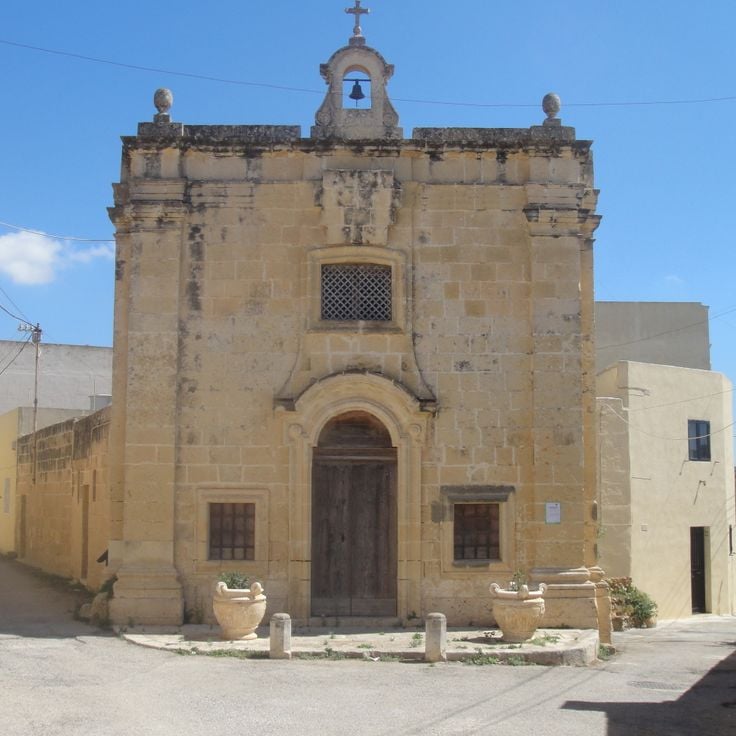
Qrendi, Malta
Stone buildings from the 16th and 17th centuries scattered in the village fields. The religious structures served local farmers.
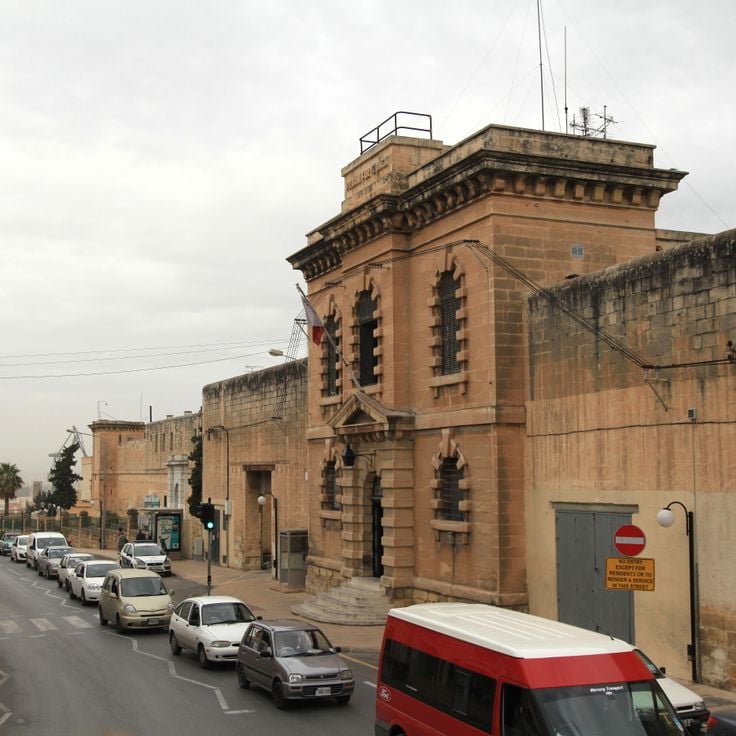
Paola, Malta
A prison from 1850 with Victorian architecture. The building with stone walls serves as the central prison of the island.

Kalkara, Malta
A military cemetery with graves of naval personnel. The burial sites date from the British colonial period between 1800 and 1979.

Siggiewi, Malta
Small natural bay with deep blue Mediterranean waters where divers observe marine life among underwater caves and rock formations.
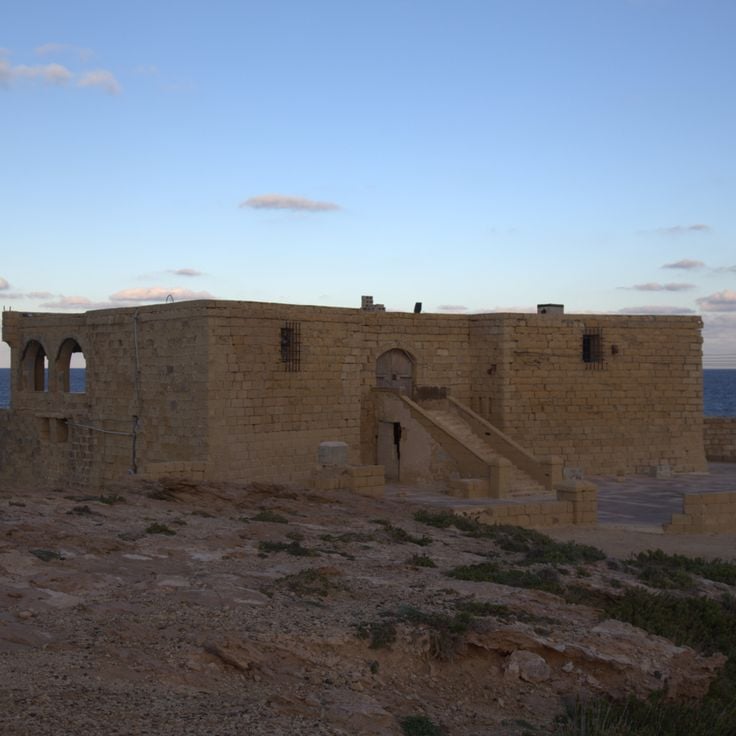
Żebbuġ, Gozo, Malta
Military fortification from 1715 built on coastal cliffs to defend the northern region of Gozo island from naval attacks.

Żejtun, Malta
Archaeological site with foundations and floor mosaics of a residential complex from the Roman period in Malta.
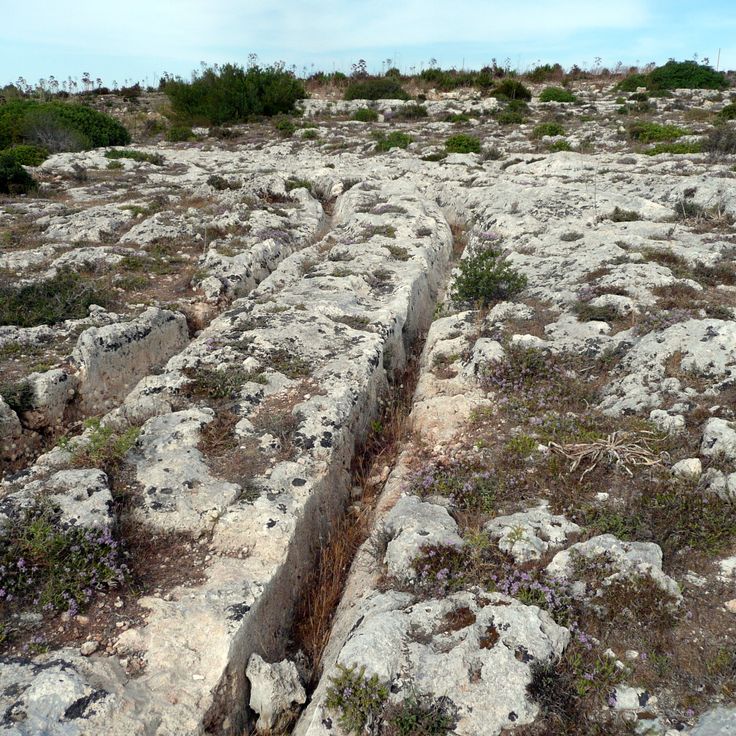
Siġġiewi, Malta
Prehistoric site containing parallel grooves cut into rock surfaces, dating from the Bronze Age period.
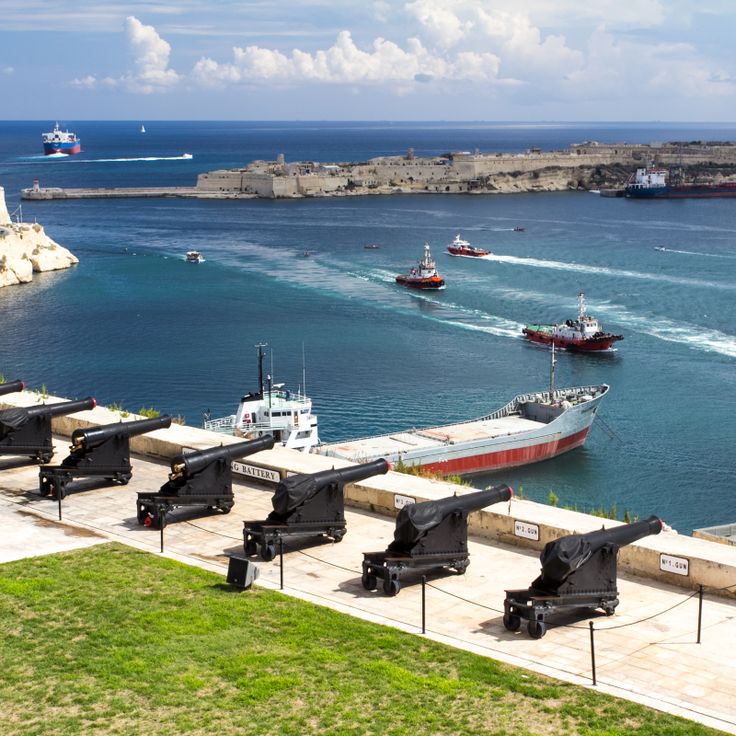
Valletta, Malta
The historical defense point contains cannons for maritime ceremonies. The cannons fire each day at noon and 4 PM.

Gozo, Malta
A coastal formation between high limestone rocks. In the 16th century, it served as anchorage for ships of the Malta fleet.
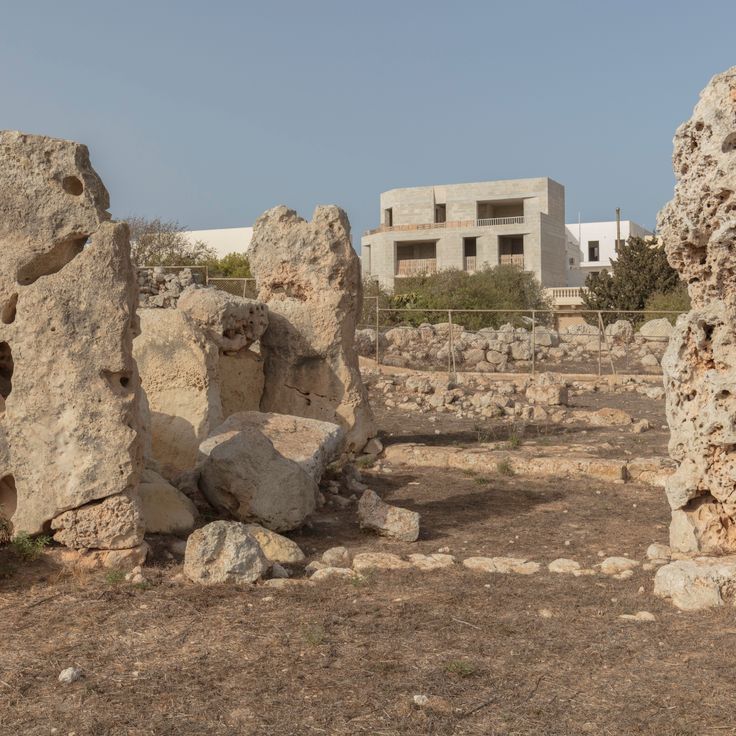
Mġarr, Malta
An archaeological site from the Neolithic period with structures from 3600 BC. The excavations show early agriculture.
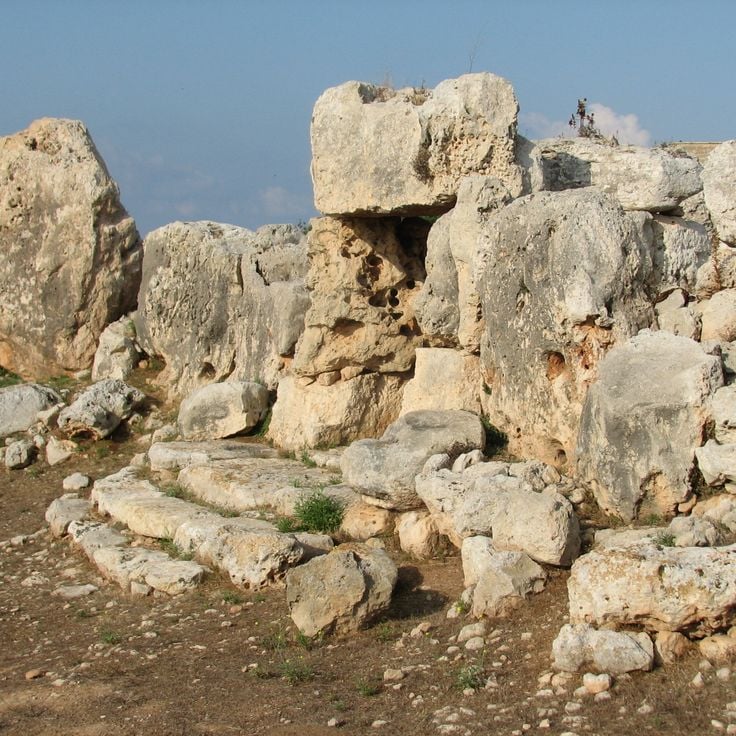
Mġarr, Malta
Two stone temple buildings from 3600 BC. The site shows the evolution of Maltese construction techniques.
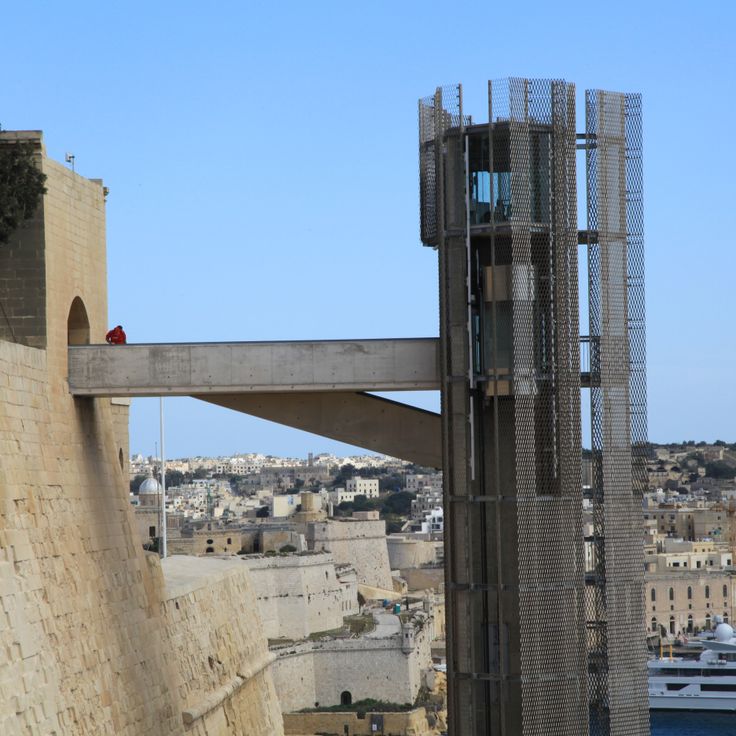
Valletta, Malta
Transportation system made of glass and steel connecting the harbor to gardens since 2012, with a vertical rise of 58 meters.
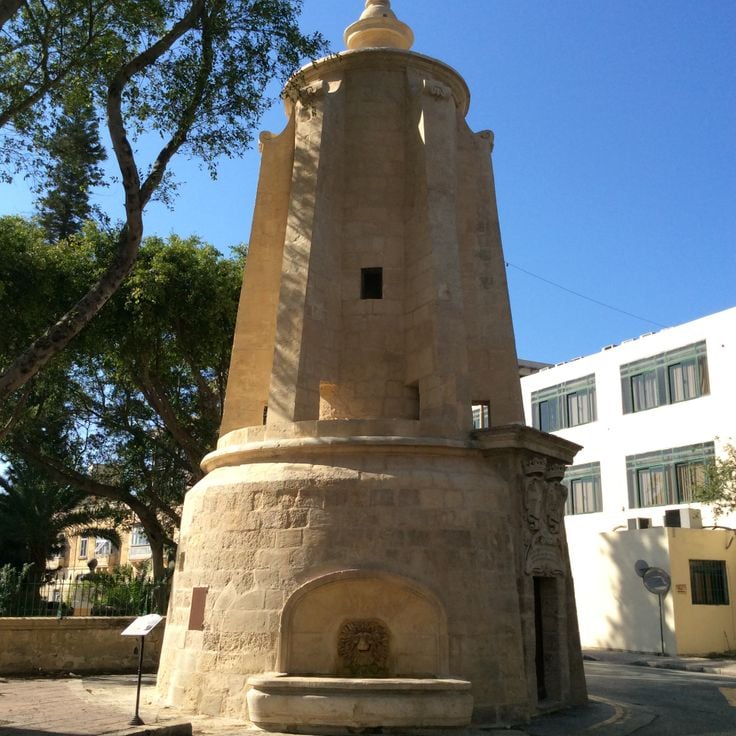
Floriana, Malta
Water distribution structure from 1615, part of an aqueduct network that supplied water to the city of Valletta.
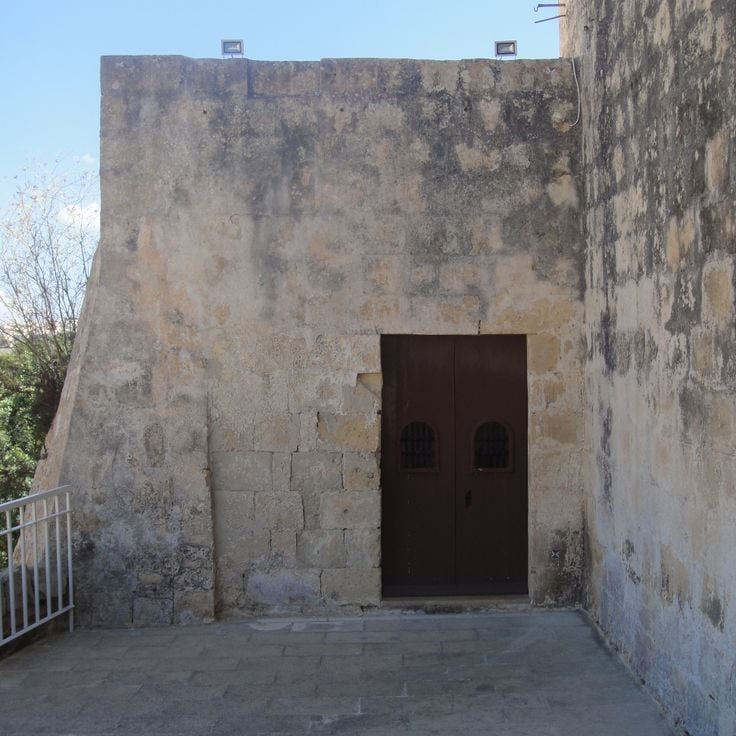
Qrendi, Malta
Religious building from the 17th century located next to a geological formation with a depth of 40 meters.
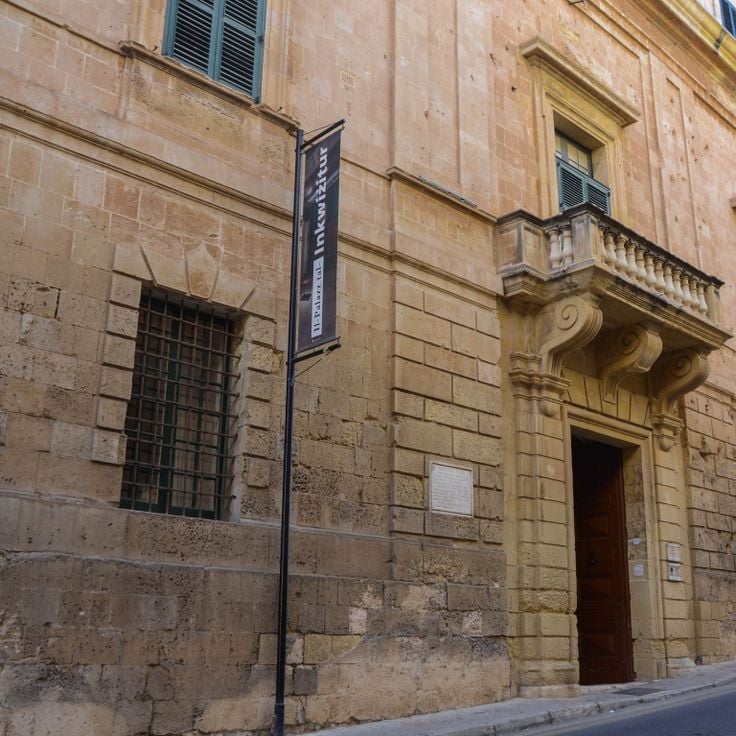
Birgu, Malta
Judicial building from 1530 with courtrooms, living quarters and underground prison cells from the Inquisition period.